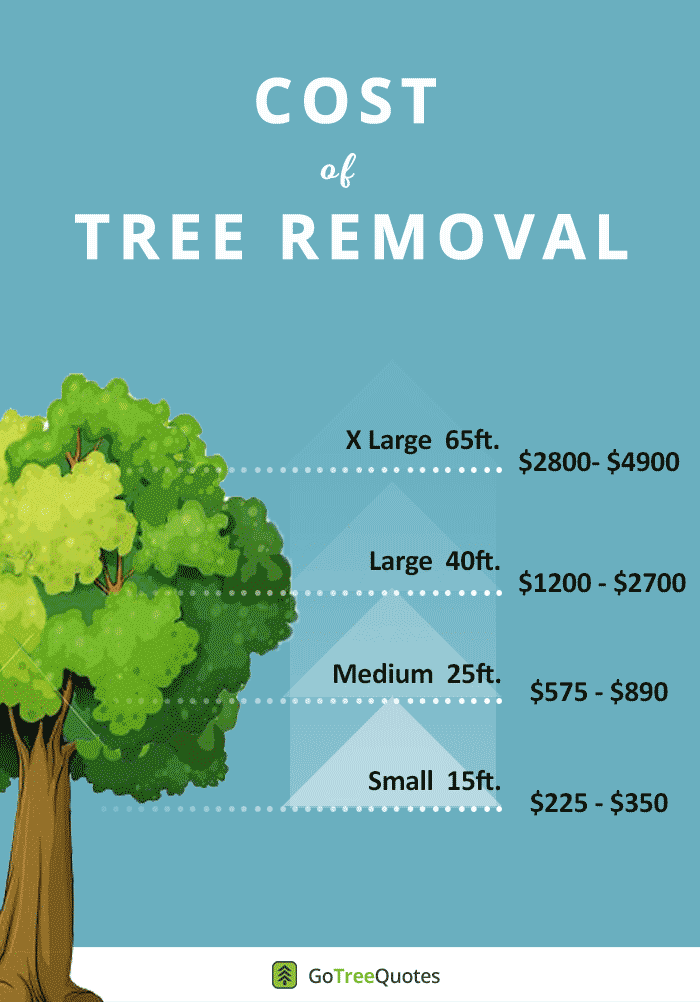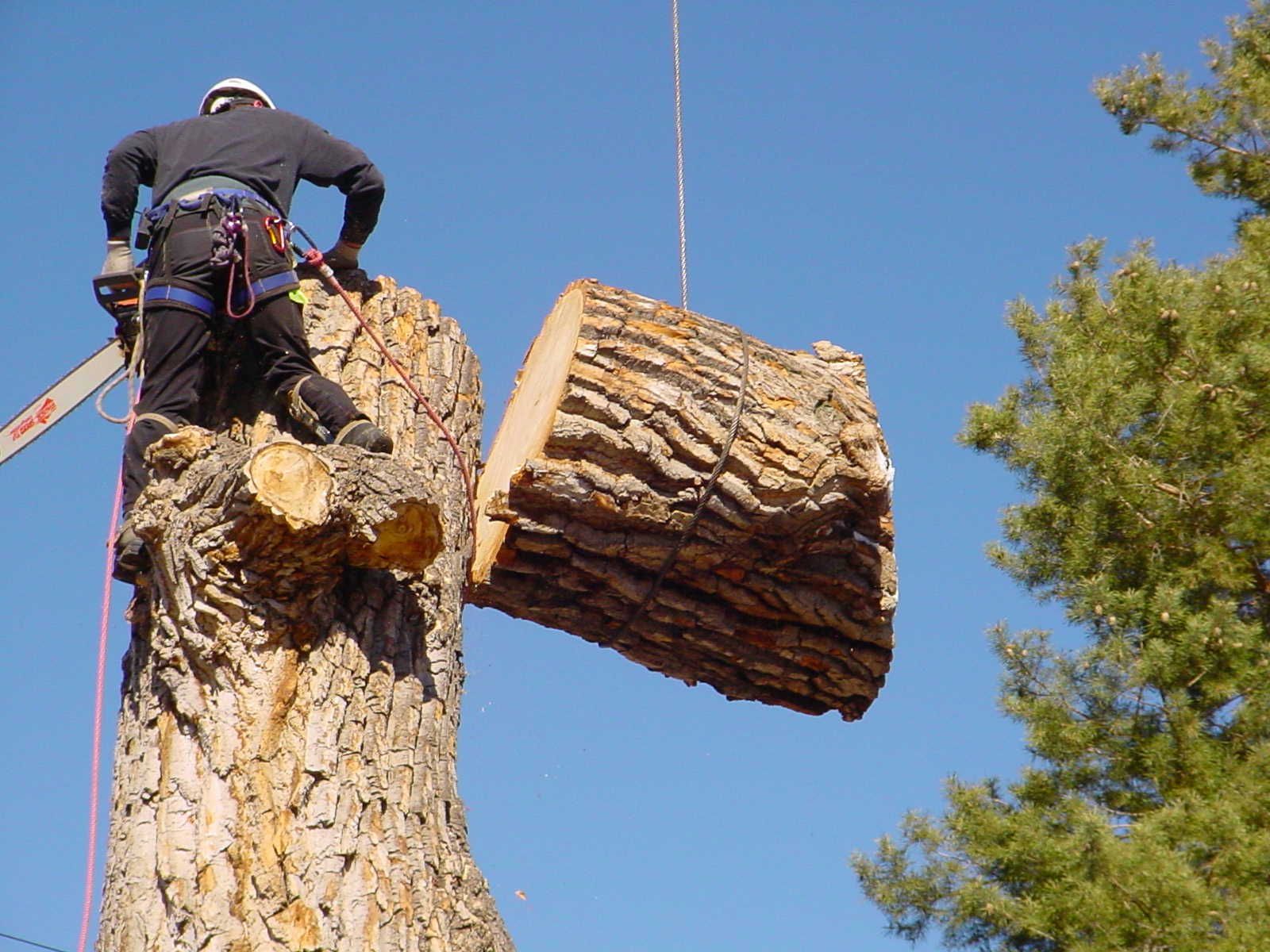Featured
Table of Contents
- – Tree Service Cost Comparison In Cabo Rojo, PR
- – Basic Tree Clearing Packages In Cabo Rojo, PR:...
- – Cabo Rojo, PR Tree Clearing Upgrade Programs:...
- – How Much To Expect To Pay For An Stump Remova...
- – Finding Affordable Stump Removal In Cabo Rojo...
- – Cabo Rojo, PR Tree Service Experts: Pricing
- – Cabo Rojo, PR Stump Removal Price Estimates
- – Cabo Rojo, PR Stump Removal Cost FAQ
- – Cabo Rojo, PR Stump Removal Service Prices
- – Typical Stump Grinding Prices In Cabo Rojo, PR
- – Cabo Rojo, PR Tree Trimming Service Rate Sheet
- – Comparing Cabo Rojo, PR Tree Removal: Which ...
- – Cabo Rojo, PR Stump Grinding: Cost Vs. Value
- – Cabo Rojo, PR Tree Removal Cost Options
- – Cabo Rojo, PR Tree Clearing Assessment Costs

The subsections below offer more in-depth info about rates, consisting of an average variety for each. TypeAverage Elimination CostPineConiferPalmMagnoliaArborvitaeAshCedarSweet GumEucalyptusSycamoreCypressOakMaplePoplar You can anticipate to pay between to get rid of a pine, depending on its size. Removing a pine is among the more inexpensive jobs unless it is one that has been around for several years and is rather large.
Tree Service Cost Comparison In Cabo Rojo, PR
Pines likewise have a tap root that grows deep into the soil, which can show to be more difficult to get rid of. The procedure itself includes a professional cutting the tree, clearing the base, cutting the surface area roots, removing the stump, and finally treating the soil. Without a professional hand, you risk leaving pine seedlings behind, which will fall from the roots of distressed pines.
Basic Tree Clearing Packages In Cabo Rojo, PR: Pricing
The U.S. nationwide average for conifer elimination is roughly to have the conifer lowered, transported away, and the stump ground or gotten rid of completely. Conifers are generally much easier to remove, and even though they can grow quite high, they do not cost a fortune to eliminate. Conifers include pine, spruce, fir, and juniper trees.
Cabo Rojo, PR Tree Clearing Upgrade Programs: Costs
While conifers are stunning, they eliminate native plants and certain types of turf (tree removal). The typical rate of palm elimination depends on the height as much as the type, varying from.
How Much To Expect To Pay For An Stump Removal In Cabo Rojo, PR
That is why it is crucial to understand which type you are eliminating. While you do not require an herbicide to kill a palm tree, there are some steps your elimination specialist will have to take to ensure the task is done properly. There are two methods they can get rid of them: by chopping them down or digging them up.
Finding Affordable Stump Removal In Cabo Rojo, PR
From there, they eliminate the actual tree and then the stump. Expect to pay in between to remove this type of tree, depending on the precise size and details of the task.
Cabo Rojo, PR Tree Service Experts: Pricing
There are 3 types: green, white, and black ash. With its gray-tinged bark, its leaves are green or purple in the spring and golden yellow or purplish-red in the fall.
Cabo Rojo, PR Stump Removal Price Estimates

Due to the variation in height, the removal cost difference is broad from. A coniferous, evergreen tree, the cedar is a durable types.
Cabo Rojo, PR Stump Removal Cost FAQ
The development of incorrect cedars differs from 50 feet approximately 230 feet high. Homeowners might pay anywhere from, depending on the roots. With star-shaped leaves and spectacular fall colors, the sweet gum is considered a medium to big tree. Delighting in full sun, the sweet gum can not tolerate contamination.
Cabo Rojo, PR Stump Removal Service Prices
It has a huge root base of 40 to 50 feet, which impacts the removal expense. Usually, it costs in between to remove a eucalyptus. Eucalyptus are not common everywhere, however they are rather large compared to others, which is why even the smaller ones are so pricey to remove. Initially from Australia, eucalyptus are invasive plants that grow in thick groves that get native plants.
Typical Stump Grinding Prices In Cabo Rojo, PR
There are a handful of methods to do this, consisting of burning, pulling, grinding, or killing them with herbicide. Anticipate to pay between to remove sycamores, based upon the height, trunk size, and amount of work involved. Sycamores are among the largest hardwood trees, usually varying from 60 to 100 feet high and as broad as 15 feet.
Cabo Rojo, PR Tree Trimming Service Rate Sheet
The first two steps will expose the within the tree and cut off the circulation of nutrients up the trunk. From there, a professional applies herbicide to kill the tree and reduce the trunk. They will eliminate the stump. Otherwise, new sprouts might grow from it. Reducing and removing a full-grown cypress could cost as much as.
Comparing Cabo Rojo, PR Tree Removal: Which One Is Right
There are various types of Cypress trees, but the most common are the Leyland, Arizona, Bald, and Italian. The Bald Cypress grows in swampy or extremely moist locations while the others delight in a dry, warm, or hot climate (arborist). They can grow as high as 80 to 100 feet tall
Cabo Rojo, PR Stump Grinding: Cost Vs. Value

Prone to diseases, the Cypress is among the most valued woods for furnishings. The typical oak grows to around 60 feet, and depending upon the intricacy of the removal, it costs approximately to get rid of. The specific size of your oak and the effort needed to fell it impact what you will in fact pay for removal in addition to any additional services like stump grinding.
Cabo Rojo, PR Tree Removal Cost Options
Access to the trees and the roots will also affect the total expense. Maples can easily grow up to 100 feet or more and usually expense in between to get rid of from your home. The final rate depends on the actual height and complexity of the job. Maples are normally among the more pricey trees to remove because of their size and the work involved in the elimination.
Cabo Rojo, PR Tree Clearing Assessment Costs
Growing as high as 90 to 115 feet, these enormous timbers are generally discovered in North America and consist of the aspen, cottonwood, and balsam trees. The procedure to get rid of trees includes all the cutting and cutting of the branches and trunk, bringing it down to a stump.
Table of Contents
- – Tree Service Cost Comparison In Cabo Rojo, PR
- – Basic Tree Clearing Packages In Cabo Rojo, PR:...
- – Cabo Rojo, PR Tree Clearing Upgrade Programs:...
- – How Much To Expect To Pay For An Stump Remova...
- – Finding Affordable Stump Removal In Cabo Rojo...
- – Cabo Rojo, PR Tree Service Experts: Pricing
- – Cabo Rojo, PR Stump Removal Price Estimates
- – Cabo Rojo, PR Stump Removal Cost FAQ
- – Cabo Rojo, PR Stump Removal Service Prices
- – Typical Stump Grinding Prices In Cabo Rojo, PR
- – Cabo Rojo, PR Tree Trimming Service Rate Sheet
- – Comparing Cabo Rojo, PR Tree Removal: Which ...
- – Cabo Rojo, PR Stump Grinding: Cost Vs. Value
- – Cabo Rojo, PR Tree Removal Cost Options
- – Cabo Rojo, PR Tree Clearing Assessment Costs
Latest Posts
How To Save Money On An Stump Grinding In Van Wert, OH
How Much Does An Stump Grinding Cost In Berkley, MI
Rock Falls, IL Tree Trimming Quote Comparison Tool
More
Latest Posts
How To Save Money On An Stump Grinding In Van Wert, OH
How Much Does An Stump Grinding Cost In Berkley, MI
Rock Falls, IL Tree Trimming Quote Comparison Tool